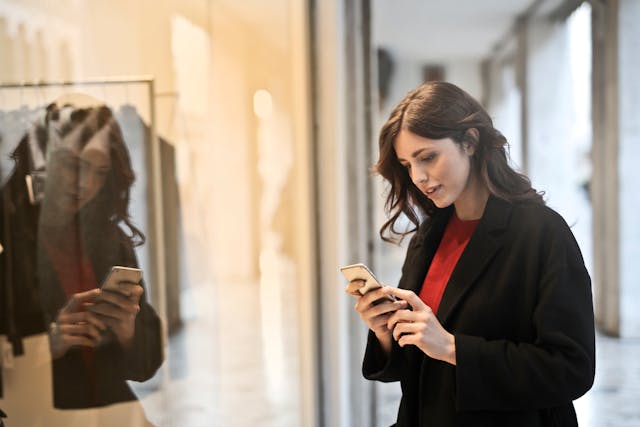6 Technology Ideas to Improve Retail Stores
In today's competitive retail world, using technology in stores is no longer just a trend. It's essential for making shopping both efficient and engaging. The right tech tools can help stores run smoothly, improve customer service, and create a modern and connected atmosphere. Adopting technology thoughtfully can make a big difference for store owners who want to stay ahead.
Here are some technology ideas for improving customer experience in retail stores:
Digital Displays
Digital displays are a great way to engage customers and share key store information. They can highlight new items, advertise special deals, or explain product features. With digital signage software, these screens are easy to update. Store owners can change messages to match daily promotions or seasonal themes.
When placed smartly around the store, digital displays catch customer attention without being too much. They make the store environment lively and attractively show products. Digital signage is flexible, too, letting stores quickly change content and keep things looking fresh. It's a handy tool for retailers who want to increase in-store engagement.
Self-Checkout Stations
Self-checkout stations are popping up more often in retail stores. They let customers finish their shopping faster and independently. These stations also give people a simpler way to pay, cutting down wait times and improving shopping. For those who like quick, contactless transactions, they offer both ease and speed.
For retailers, self-checkout can free up staff to focus on helping customers or handling stock. This option helps stores manage rush times better, giving shoppers a smoother overall experience. Tech-loving customers also find self-checkout appealing, meeting the needs of today's digital-focused buyers.
Mobile Payment Options
Mobile payment options are essential in today's retail world. Using mobile devices or contactless systems for payments is convenient and secure, offering customers flexibility at checkout. These payments are usually quicker than cash or cards, making the process faster and more efficient for everyone involved.
Providing mobile payment choices is important as more shoppers carry less cash and prefer digital payments. This technology helps create a smooth checkout experience, leaving customers with a good impression of the store. With mobile payments, retailers can cater to different payment preferences, improving customer satisfaction.
Inventory Management Software
Keeping track of inventory is key for any retail business. Inventory management software helps retailers manage stock levels, monitor sales trends, and prevent having too much or too little stock. This software can notify staff when items are running low or if certain products need to be reordered, making sure shelves have what customers want.
Inventory software allows store owners to make smart decisions about buying and stocking. They can spot popular products by watching sales patterns, plan for seasonal inventory needs, and even tweak pricing strategies. Good inventory management allows stores to run more smoothly, reduce waste, and better meet customer demands.
Customer Relationship Management (CRM) Systems
Customer Relationship Management (CRM) systems are essential for building strong customer connections. CRMs let stores collect details about customers' likes, buying history, and previous interactions. This information helps retailers make communication more personal by tailoring promotions and suggesting products that match each customer's needs.
With a CRM system, retailers can send messages or offers based on what customers prefer, boosting the chances they will come back. CRM software also helps manage loyalty programs, keep track of customer feedback, and answer service questions quickly. By using CRM tools, retailers can offer a more personalized shopping experience, which helps to strengthen customer loyalty.
Augmented Reality (AR) Features
Augmented Reality (AR) gives customers a new way to explore products with more interaction. Clothing shops, for instance, can use AR to show customers how clothes look without needing to try anything on them. Furniture stores might use AR to let shoppers see how pieces fit in their homes before they buy.
AR adds a fresh twist to shopping, making it more enjoyable and engaging. This technology works well for stores that sell items where seeing is important, like clothing, makeup, or home furnishings. With AR, people feel safer about what they buy, which can cut down on returns and increase their happiness with their purchases.

